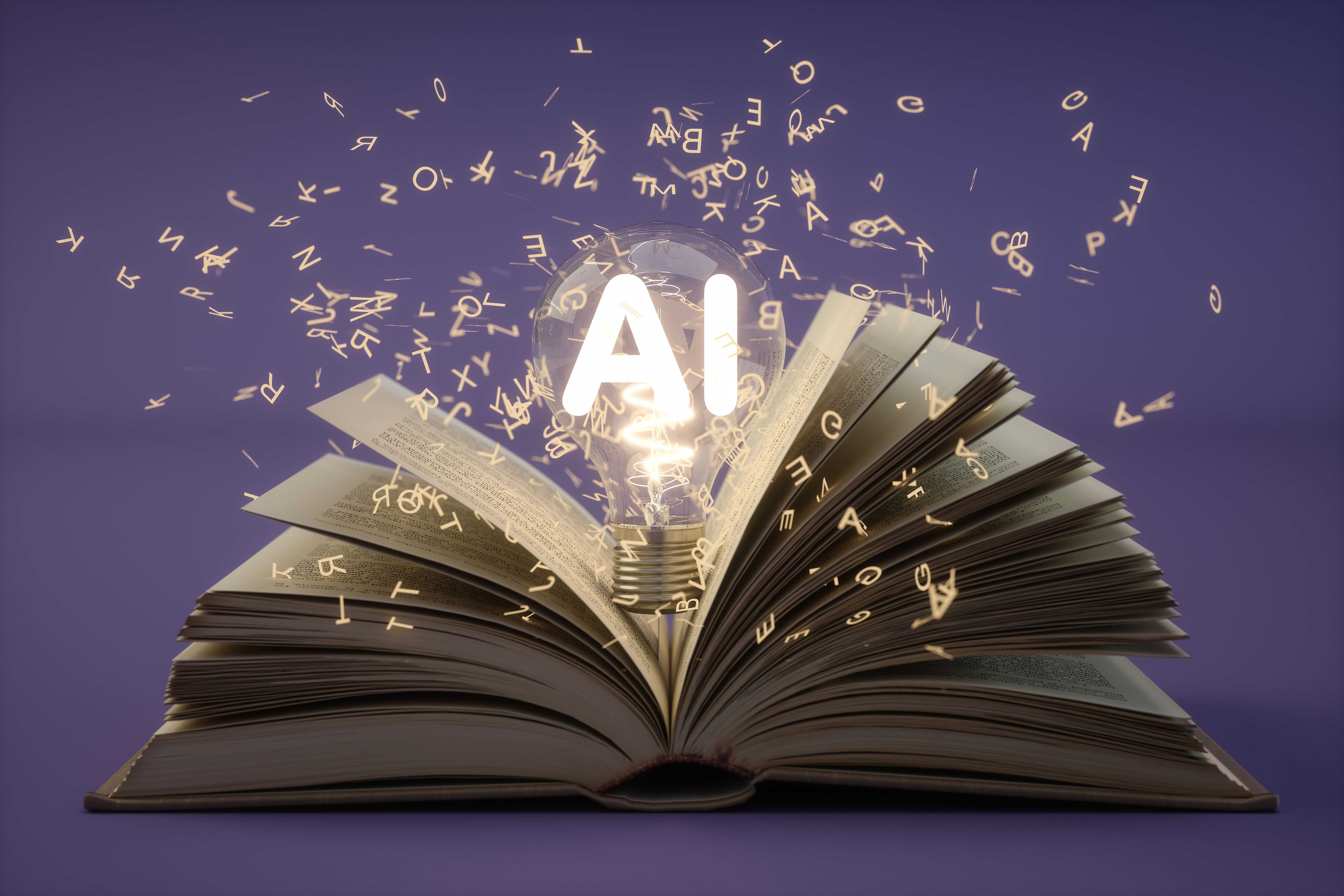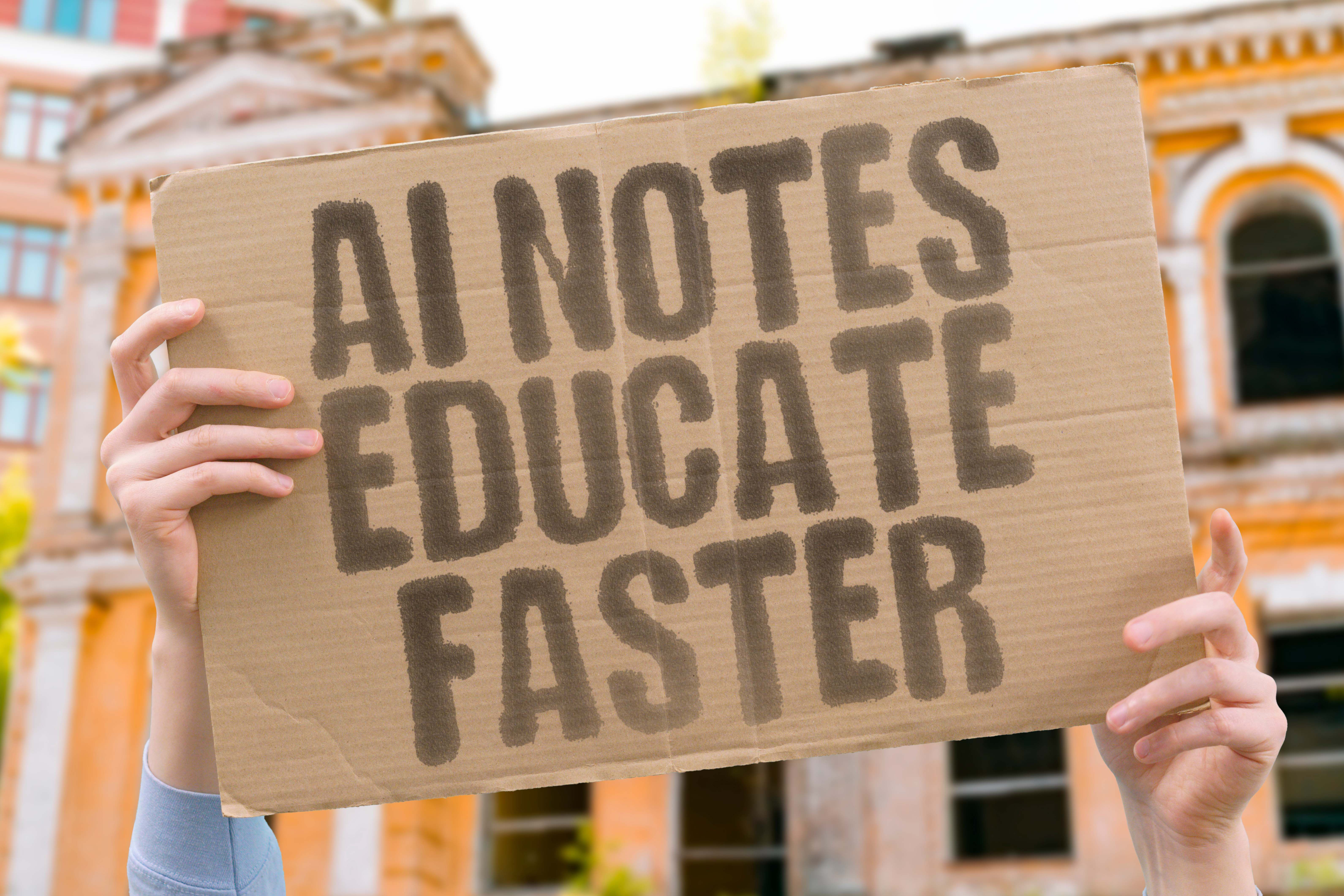Exploring Free Text-to-Image Tools for Education in 2025
JT
The Rise of Text-to-Image Tools in Education
In recent years, the integration of technology in education has taken remarkable strides. Among these advancements, text-to-image tools have emerged as a powerful resource for educators and students alike. As we step into 2025, these tools have become increasingly sophisticated, offering enhanced functionalities that cater to diverse educational needs.
Text-to-image tools enable users to generate images based on textual descriptions. This capability is not only innovative but also highly beneficial in an educational context. By transforming written content into visual representations, these tools can aid in better understanding and retention of information.

Benefits of Text-to-Image Tools for Students
For students, text-to-image tools can be a game-changer. These tools support visual learning, which is a crucial aspect of understanding complex subjects. By visualizing data or concepts, students can grasp difficult topics more easily and retain information longer. Additionally, these tools can spark creativity, encouraging students to express their ideas visually and explore new ways of thinking.
Moreover, text-to-image tools can assist students with learning disabilities by providing them with alternative forms of content consumption. Visual aids can simplify comprehension and make learning more inclusive and accessible.
Applications in the Classroom
Educators are finding innovative ways to incorporate text-to-image tools into their teaching strategies. For instance, teachers can use these tools to create custom visual aids tailored to the specific needs of their students. This personalization can enhance learning experiences and make lessons more engaging.

Additionally, text-to-image tools can be utilized for project-based learning. Students can be assigned tasks that involve creating visual content based on textual research, promoting critical thinking and creativity. This approach not only makes learning more interactive but also helps develop essential 21st-century skills.
Exploring Free Text-to-Image Tools
While there are numerous paid options available, several free text-to-image tools offer excellent capabilities for educational purposes. These tools provide a cost-effective way for schools and educators to integrate technology into their curriculum without budget constraints.
- DALL-E Mini: A popular choice for generating images from text prompts, offering a user-friendly interface suitable for students and teachers.
- DeepAI Text to Image: Known for its simplicity and ease of use, making it ideal for quick classroom applications.
- Craiyon: A versatile tool that offers a range of customization options to tailor images according to specific educational needs.

Challenges and Considerations
Despite their benefits, there are challenges associated with using free text-to-image tools in education. One major concern is the quality of images produced, as free tools may not offer the same level of refinement as their paid counterparts. Additionally, educators must ensure that these tools are used responsibly, adhering to ethical guidelines and avoiding inappropriate content generation.
To address these challenges, educators should provide guidance on how to effectively use these tools and encourage critical evaluation of the generated content. This approach will help students become discerning users of technology.
The Future of Text-to-Image Technology in Education
As we look towards the future, the potential of text-to-image tools in education is immense. With ongoing advancements in artificial intelligence and machine learning, these tools are expected to become more intuitive and capable. This evolution will further enhance their utility in educational settings, offering new opportunities for teaching and learning.
In conclusion, free text-to-image tools hold significant promise for the educational landscape in 2025. By embracing these technologies, educators can create more dynamic and inclusive learning environments that cater to the diverse needs of modern students.
